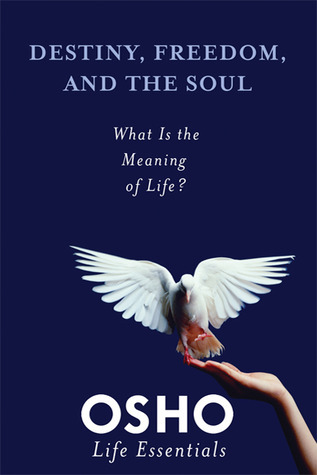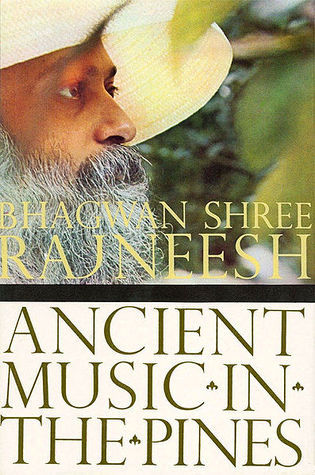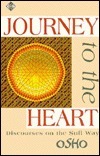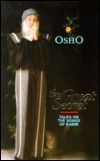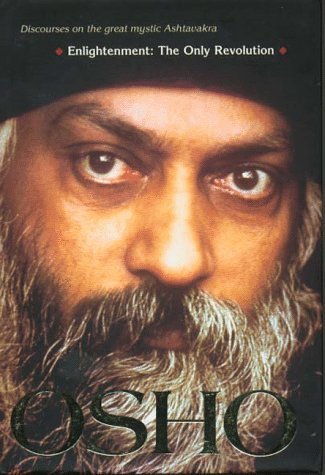
Discourses on the Great Mystic Ashtavakra: Enlightenment The Only Revolution
Book Description
Awakening begins when illusion shatters. In "Discourses on the Great Mystic Ashtavakra: Enlightenment The Only Revolution," Osho delves into the timeless wisdom of mystic Ashtavakra, igniting a fierce revolution of the spirit that challenges societal norms and awakens profound introspection. This powerful exploration strips away the façade of conventional beliefs, revealing the raw essence of existence. Through vivid insights and compelling teachings, it beckons seekers to unearth their true selves. What if the key to liberation lies not in the world around but within the depths of your own consciousness?
Quick Book Summary
"Discourses on the Great Mystic Ashtavakra: Enlightenment The Only Revolution" presents Osho’s profound exploration of Ashtavakra’s ancient teachings. Through a series of discourses, Osho challenges readers to shed cultural norms, social conditioning, and illusion, encouraging direct self-inquiry into the nature of consciousness and selfhood. He advocates that enlightenment is not an achievement but a realization—already present within but obscured by attachment and ego. Osho translates Ashtavakra’s wisdom into accessible concepts for the modern seeker, highlighting that freedom and peace originate internally, and not through external circumstances. The book serves as a radical call to awaken personal awareness, dissolve identity with the mind, and experience the oneness at the core of existence. Ultimately, Osho guides readers toward embracing true liberation as a living revolution.
Summary of Key Ideas
Table of Contents
The Illusion of the Ego and Social Conditioning
Osho’s analysis begins by addressing the persistent illusion of the ego, which he claims is reinforced by social conditioning and cultural programming. According to both Osho and Ashtavakra, people construct their identity through beliefs, roles, and attachments, which results in perpetual dissatisfaction and separation from their true nature. Osho urges readers to question inherited ideas and reject reliance on others’ opinions, emphasizing that only by shedding these illusions can one glimpse the underlying reality.
Direct Self-Inquiry as the Path to Truth
A central theme of the book is the practice of direct self-inquiry. Osho, inspired by Ashtavakra, insists that truth cannot be obtained through rituals, doctrines, or external authorities but must be realized through personal experience. He encourages seekers to look within, observing their thoughts and feelings without judgment, to unearth their authentic self. Osho asserts this self-inquiry dissolves ignorance and paves the way for genuine self-realization.
Freedom and Detachment from the Mind
The discourse explores the nature of freedom, identifying it as the natural state that emerges when attachment to the mind and its endless chatter is transcended. Osho teaches that true liberation is not physical or societal but internal—the ability to witness thoughts and emotions with detachment. By separating from the constant fluctuation of the mind, individuals can experience an unshakeable peace and presence, irrespective of external conditions.
Living in Awareness and the Present Moment
Living in pure awareness is presented as the means to experience clarity and fulfillment. Osho outlines how mindfulness and presence allow one to exist fully in the moment, free from the burdens of the past or anxieties about the future. He posits that this awakened state eliminates fear, desire, and unnecessary suffering, fostering deep connection to life and promoting authentic, spontaneous living.
The Revolution of Enlightenment
Ultimately, Osho frames enlightenment as the only true revolution—one that occurs internally rather than in society or institutions. This revolution is the collapse of illusion, ego, and separation, resulting in a direct experience of unity with existence. Osho’s dynamic retelling of Ashtavakra’s teachings dismantles the notion that external change leads to freedom, revealing instead that liberation is the birthright realized in the stillness of one’s own consciousness.
Download This Summary
Get a free PDF of this summary instantly — no email required.

